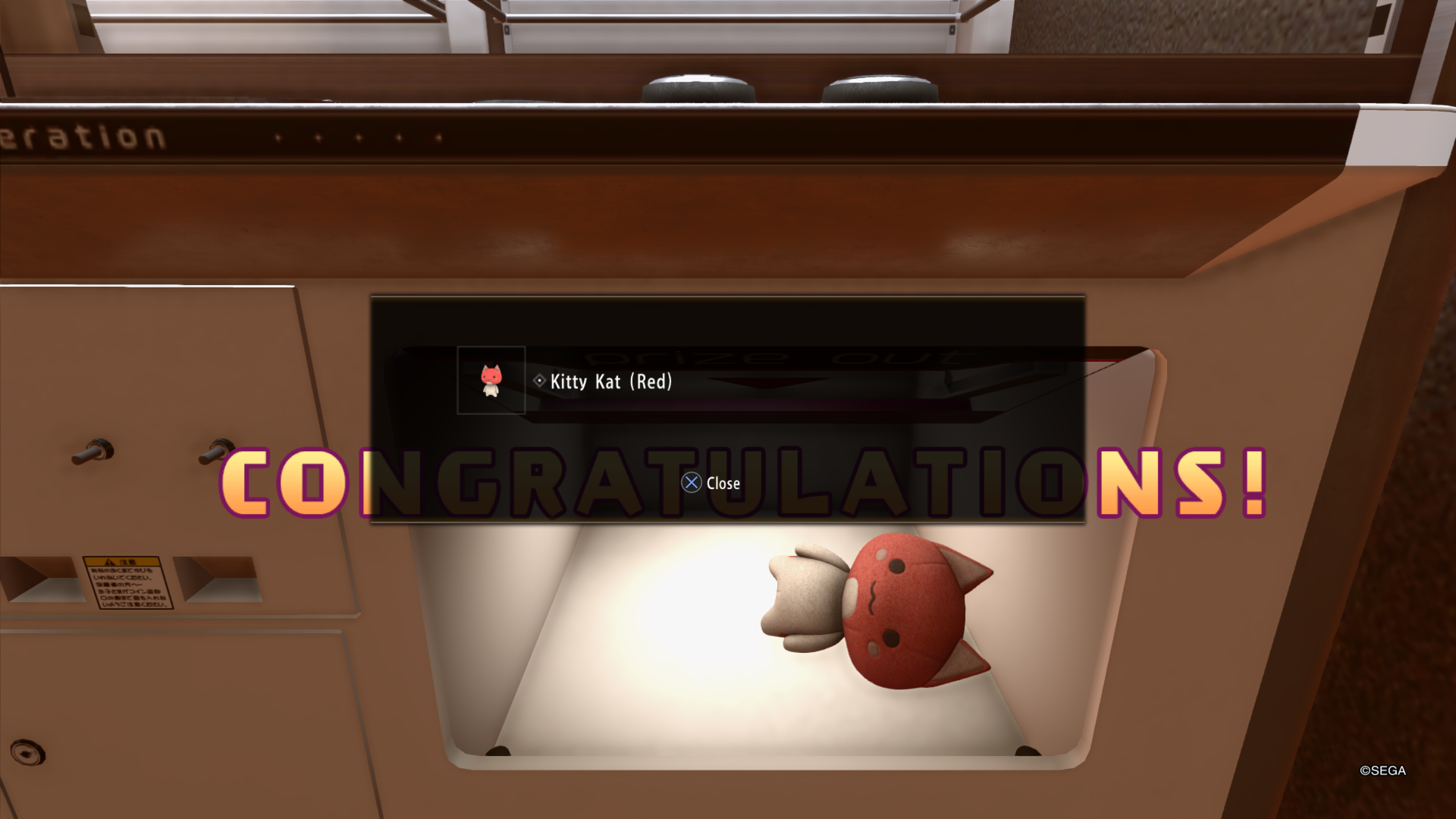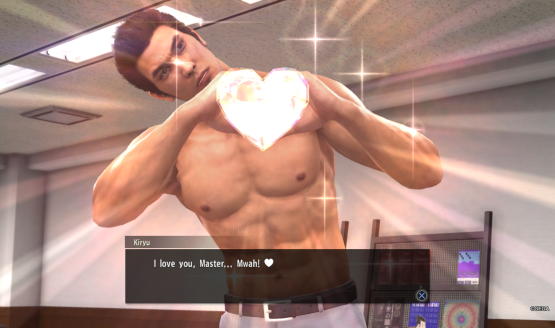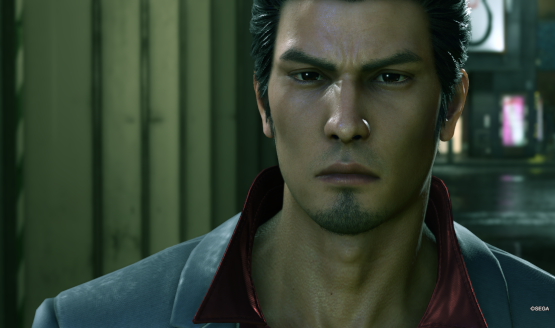
Last year’s Yakuza Kiwami was a strong remake of the original PlayStation 2 classic. Enough interest was seen in that release to warrant the same treatment of Yakuza 2 in Yakuza 2 Kiwami. Does the Dragon Engine do this open-world 2006 game justice? Or is the Kiwami remake series destined to be a one-hit wonder? Learn this and more in our Yakuza Kiwami 2 review.
Déjà vu? Déjà vu!
Yakuza Kiwami 2 follows the same story of Kazuma Kiryu as he attempts to live a normal life, having retired from the Yakuza, but of course he is quickly recalled as the Tojo Clan finds itself in dire straits once more. Plenty of familiar characters make a return, and cutscenes have been reworked for this remake as well. There is a ton of story to take in. In fact, for those who may have skipped both the first Yakuza Kiwami game and the prequel, Yakuza 0, Kiwami 2 features a recap feature that spends its time detailing most, if not all, of the major moments in the previous two games leading up to where the player finds Kiryu. It really helps to get people up to speed, or to refresh players’ minds who may have not played a Yakuza game in a while.
With so much emphasis on the story, combat almost takes a backseat. Almost. Yakuza games have always been brawlers, and Kiwami 2 is no different. Heat actions make a return, including some brand new ones. For those unaware, a Heat action adds special finishing moves to Kiryu’s repertoire, most of which are context-aware. For instance, if Kiryu has a pair of chopsticks equipped in one of his weapon slots, by spending some heat gauge when prompted, he will grab the fingers of an enemy in a vice-like grip, and then pummel them for good measure. Other examples include throwing people over railings, slamming bicycles on top of them, or stabbing an enemy with a switchblade, including a knee to the hilt to ensure the blade really goes deep. There are a plethora of creative options at the player’s disposal, and most actions are cheap to unlock, in terms of XP.
Fat and Happy
Those experience points can be earned by completing quests, and there are five different categories of experience to collect. Restaurants and convenience stores can help Kiryu obtain more XP as well. Each authentic food or beverage fills up Kiryu’s stomach, which empties as he gets into more fights. If he’s too full, he can’t eat anymore, and as such won’t be able to upgrade his abilities. So, this game mechanic helps to ensure that the player goes out and explores the city, or at least engages in the next story mission or seeks out a side quest. It’s fun to see which restaurants offer the best XP for your yen.
Speaking more on combat, Kiryu is the main draw, though there is a new chapter featuring a playable Gojo Majima. Outside of battle, Kiryu can equip any items he buys or picks up off of knocked down enemies, up to three at a time. Items have a certain number of uses, at which point they can no longer be used in battle and must be repaired, dumped, or sold. While these items can give Kiryu a leg up on his competition, since they don’t last very long he’ll be forced to rely on his fists and Heat bar. Combat feels a bit stiff to start, although unlocking abilities like parrying can help. Still, there aren’t any chances to change a move mid-animation, and dodging isn’t as responsive as one might expect. Although combat can be frustrating, Kiryu can purchase potent health drinks before battle, and the player has essentially unlimited lives in each battle, both of which practically ensures that the player will progress the story. That is one of the main reasons to play a Yakuza game, after all.
There’s more to life in Japan as a Yakuza than just getting in fights. Playing at an arcade (remember those?) is one option, complete with working Virtua Fighter and Virtual On arcade cabinets, claw machine games, the occasional side quest or two, and a strange device called a Toylet, which creates a game out of urinating. (Yes, you read that correctly.) Other nightlife activities include getting drunk at any one of dozens of local bars (the drunken status stays for a while unless Kiryu upgrades a particular stat), pigging out at a restaurant, or visiting an adult DVD store and renting a room for a few minutes. While the main campaign may take the average gamer 20-25 hours to complete, the extra activities and sidequests will easily pad the length out to 40 hours, perhaps more.
Sounds Like Home
Audio work remains faithful to the original release. Japanese audio is subtitled with English text, for example. Translations are very well done, even if the words are a bit too casual for some situations. Ambient audio for each location is believable as well, whether that’s inside a SEGA arcade, fancy restaurant, or even a bathroom.
The Dragon Engine has done an admirable job of bringing Yakuza 2’s visuals up to date. Seemingly all assets have been revamped to be presentable at up to 4K resolution, and the result is impressive. The fictitious areas of Kamurocho and Sotenbori should feel familiar to those who have played previous entries, while showing new details every so often. All stores and restaurants can now also be entered seamlessly, which is a great thing to behold.
Yakuza Kiwami 2 is a faithful return to a PS2 classic. Whether it’s taking in the town, interacting with the people, or running into random restaurants, there’s always plenty of things to stay busy doing when not playing the main campaign. Combat still feels a bit stiff, but this should be manageable and overcome with ample inventory room for health items at any rate. Yakuza Kiwami 2 is an easy purchase for anyone who has even a passing interest in the Yakuza series.
-
Looks better than ever
-
New playable Majima content
-
Lots of extras to see and do
-
Combat feels stiff
Yakuza Kiwami 2 Review
-
Yakuza Kiwami 2 Review #1

-
Yakuza Kiwami 2 Review #2
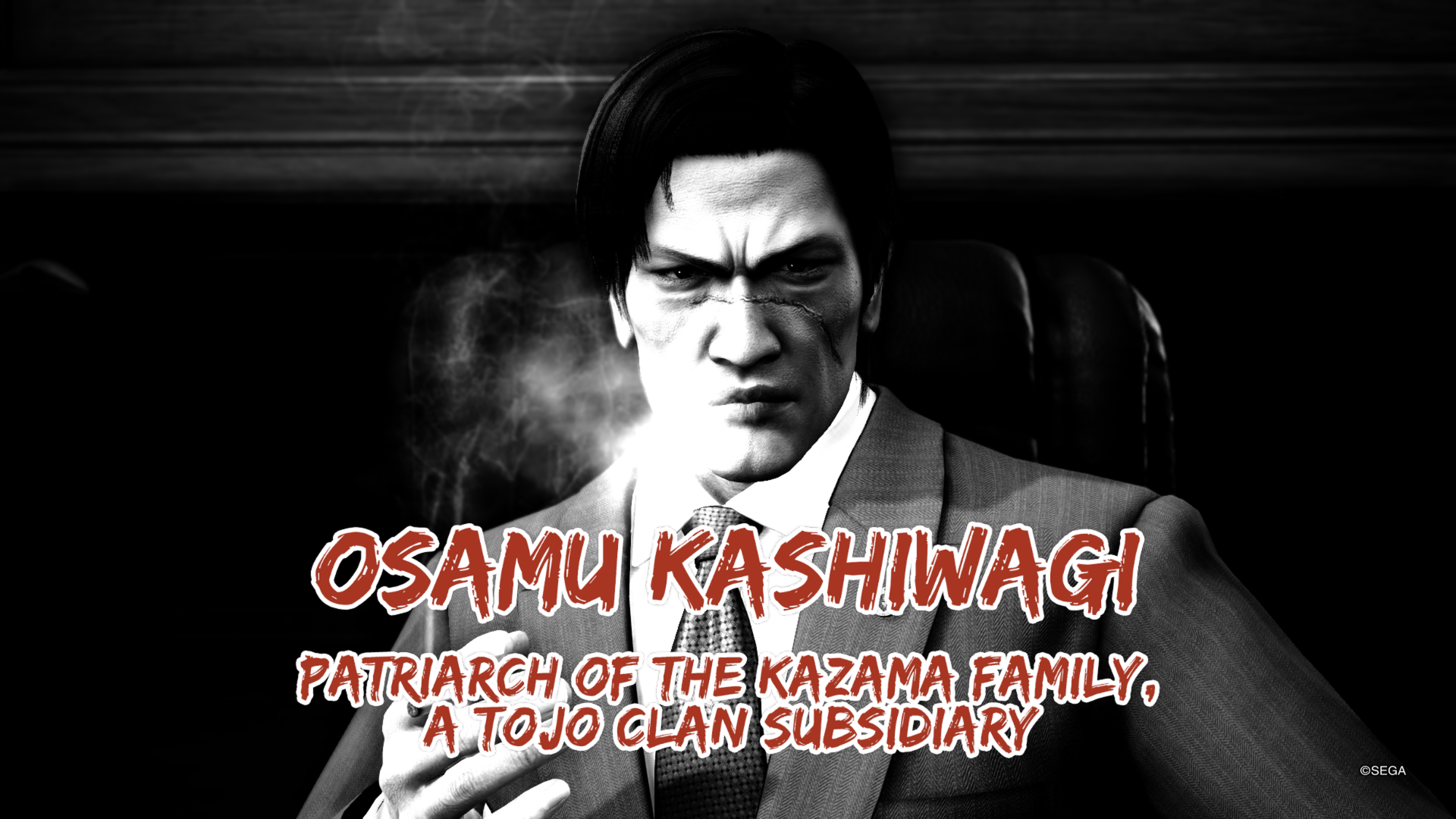
-
Yakuza Kiwami 2 Review #3

-
Yakuza Kiwami 2 Review #4

-
Yakuza Kiwami 2 Review #5
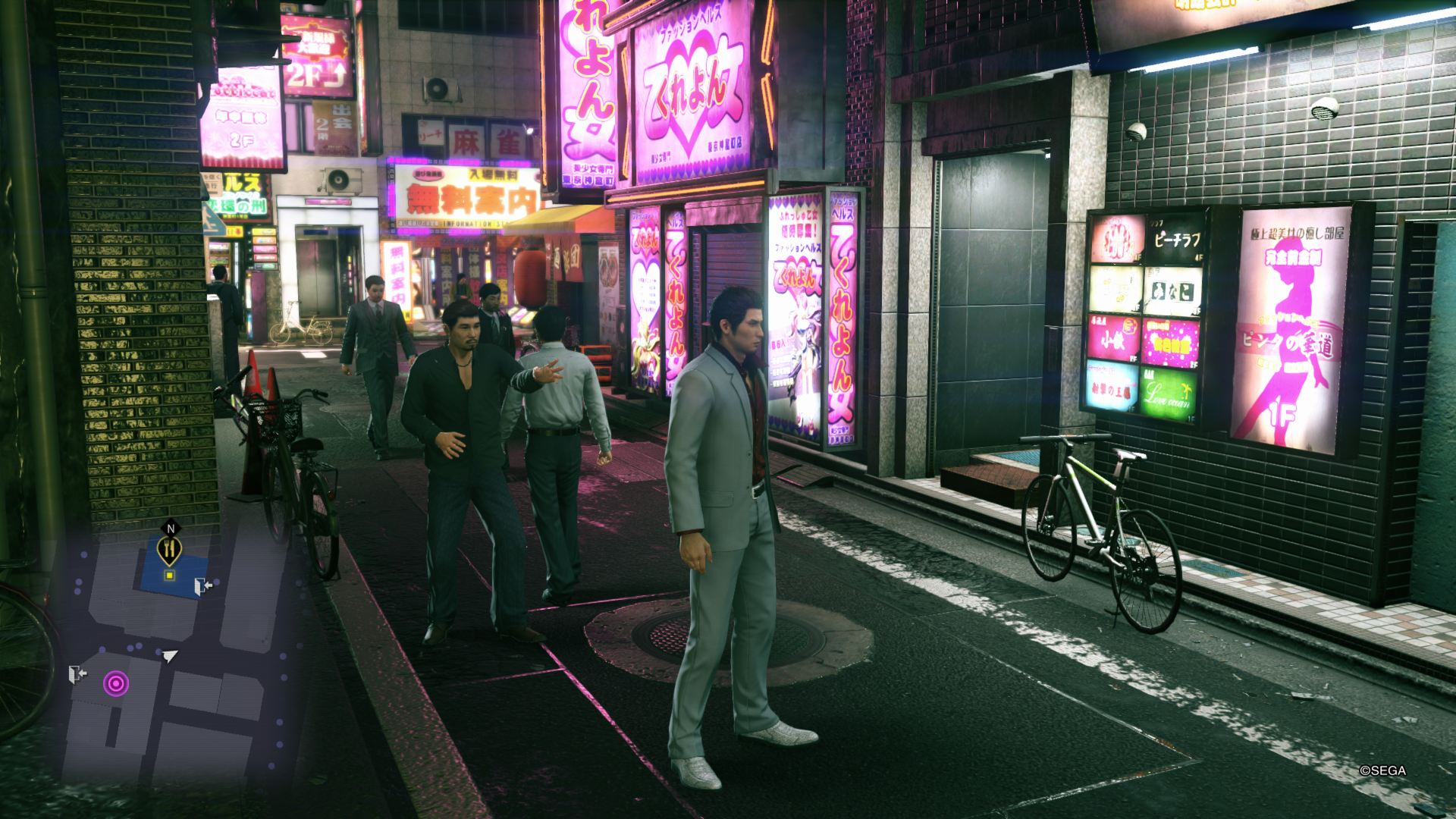
-
Yakuza Kiwami 2 Review #6
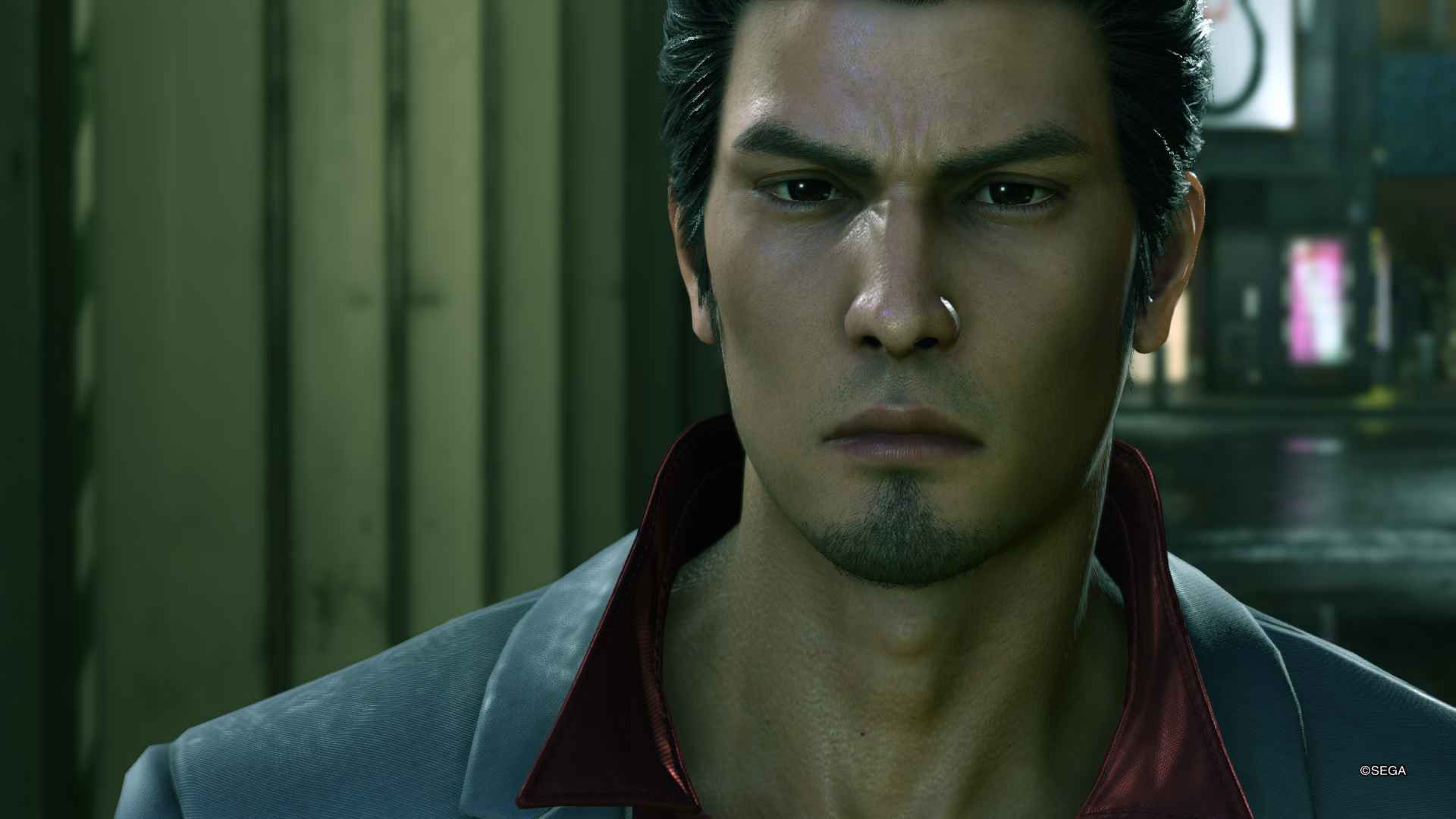
-
Yakuza Kiwami 2 Review #7
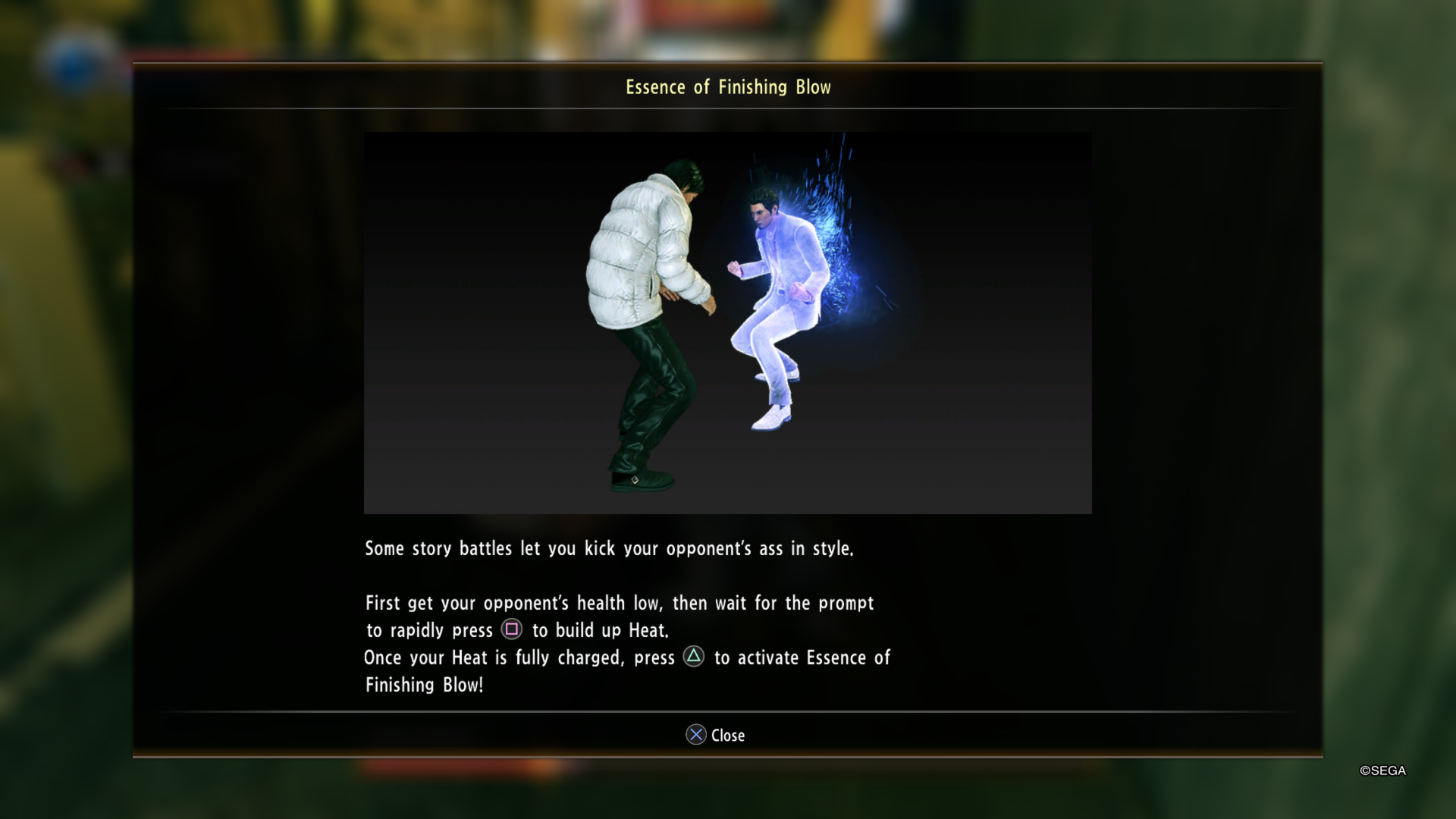
-
Yakuza Kiwami 2 Review #8
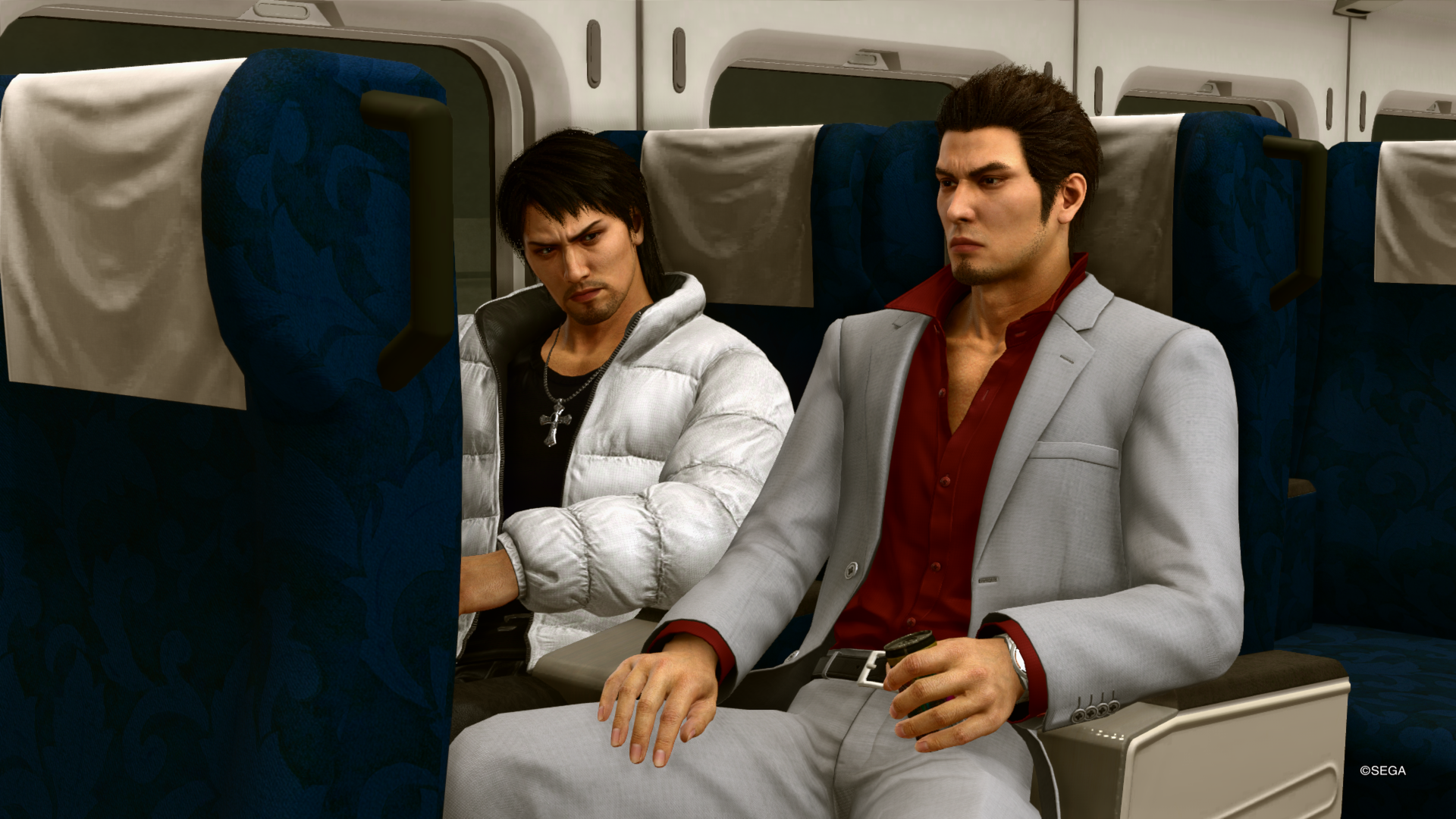
-
Yakuza Kiwami 2 Review #9
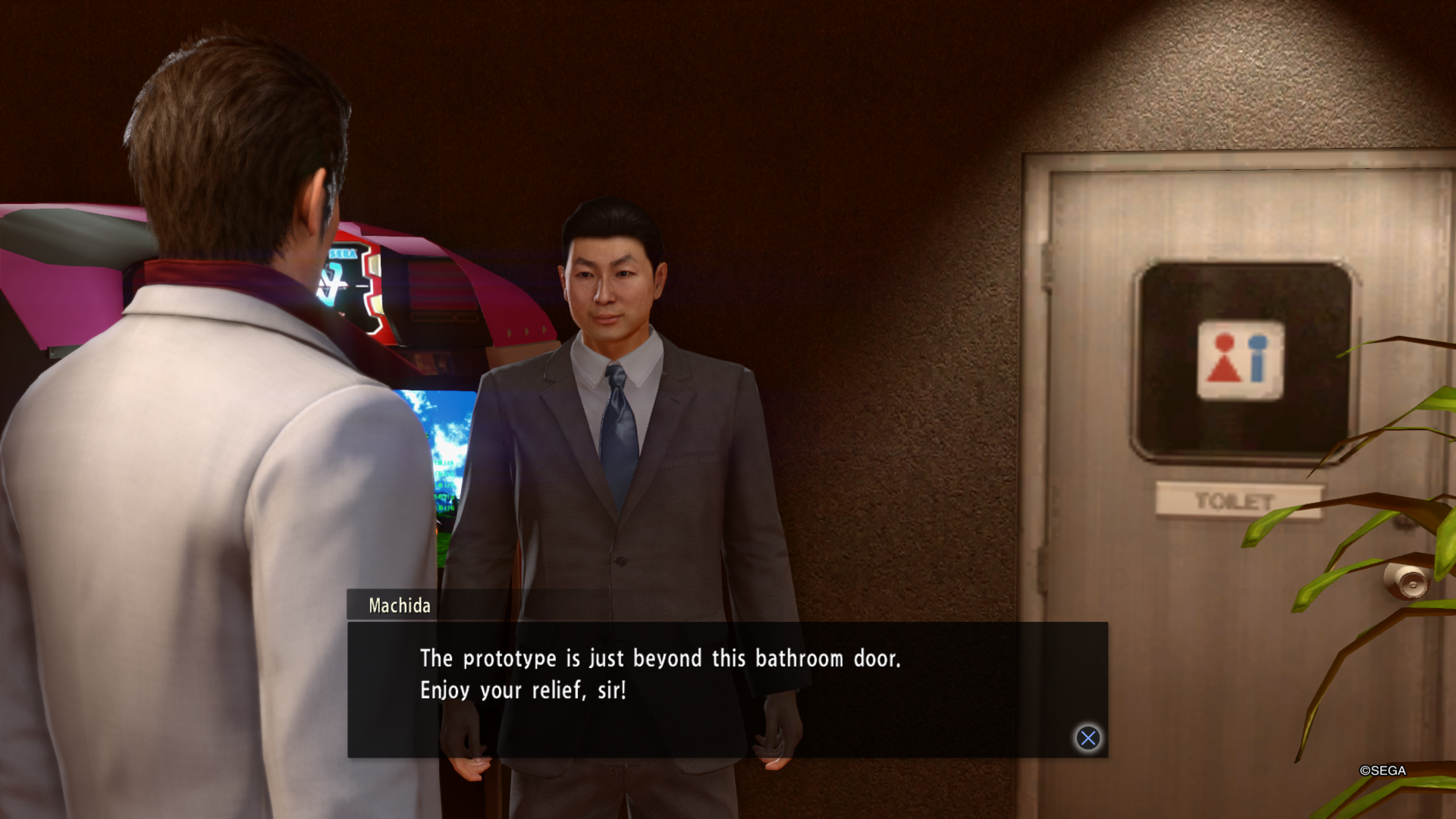
-
Yakuza Kiwami 2 Review #10
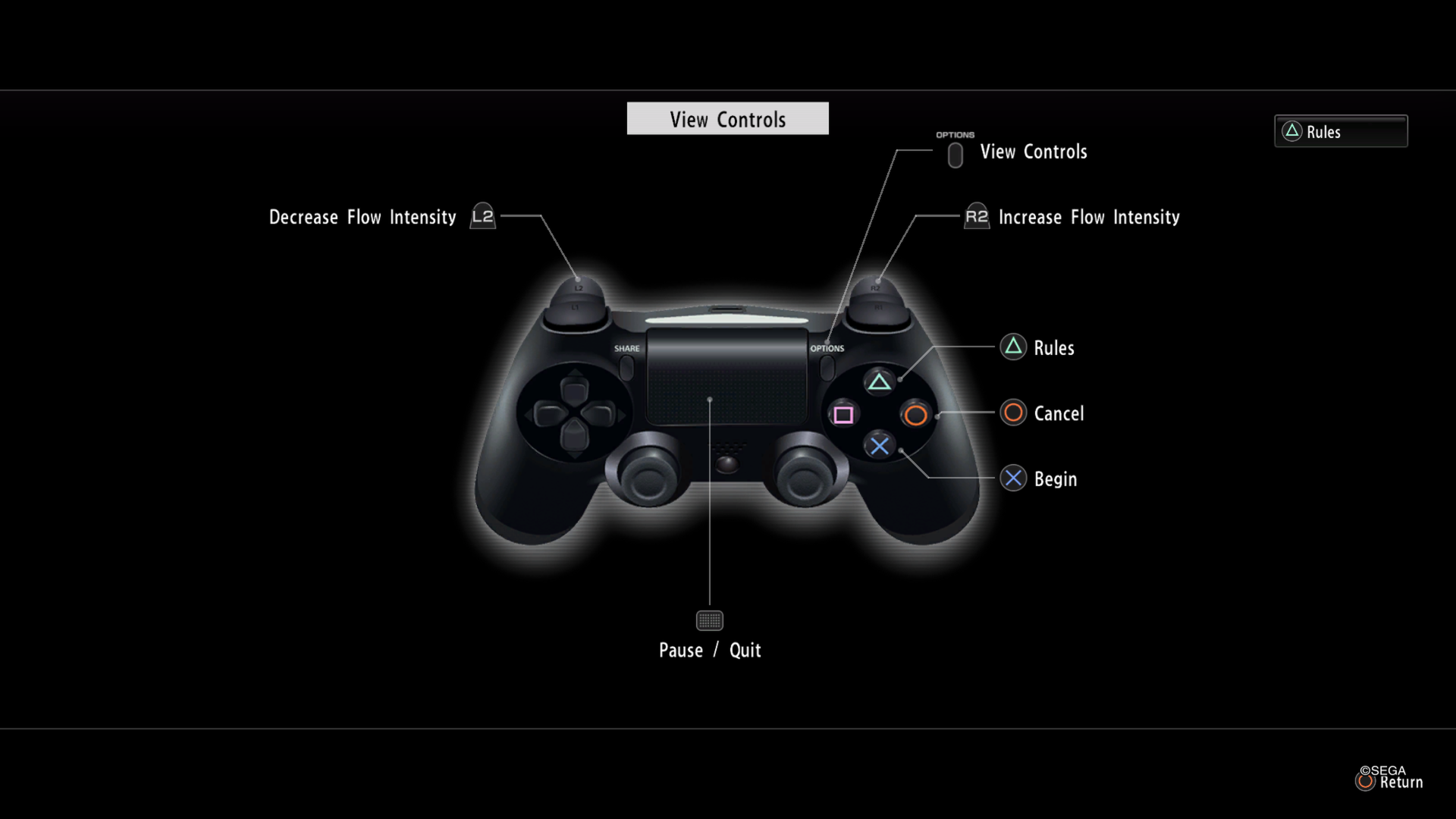
-
Yakuza Kiwami 2 Review #11
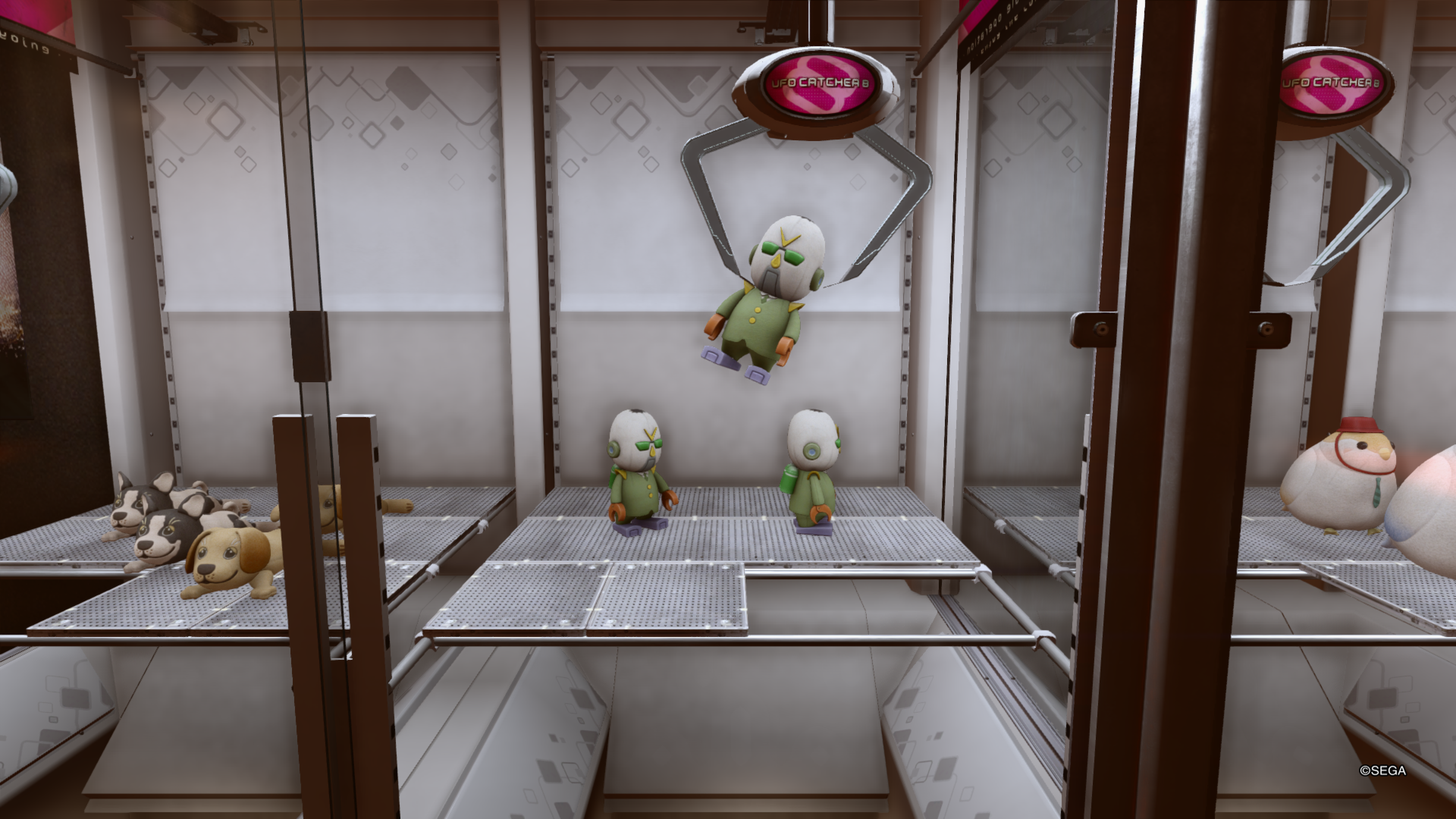
-
Yakuza Kiwami 2 Review #12
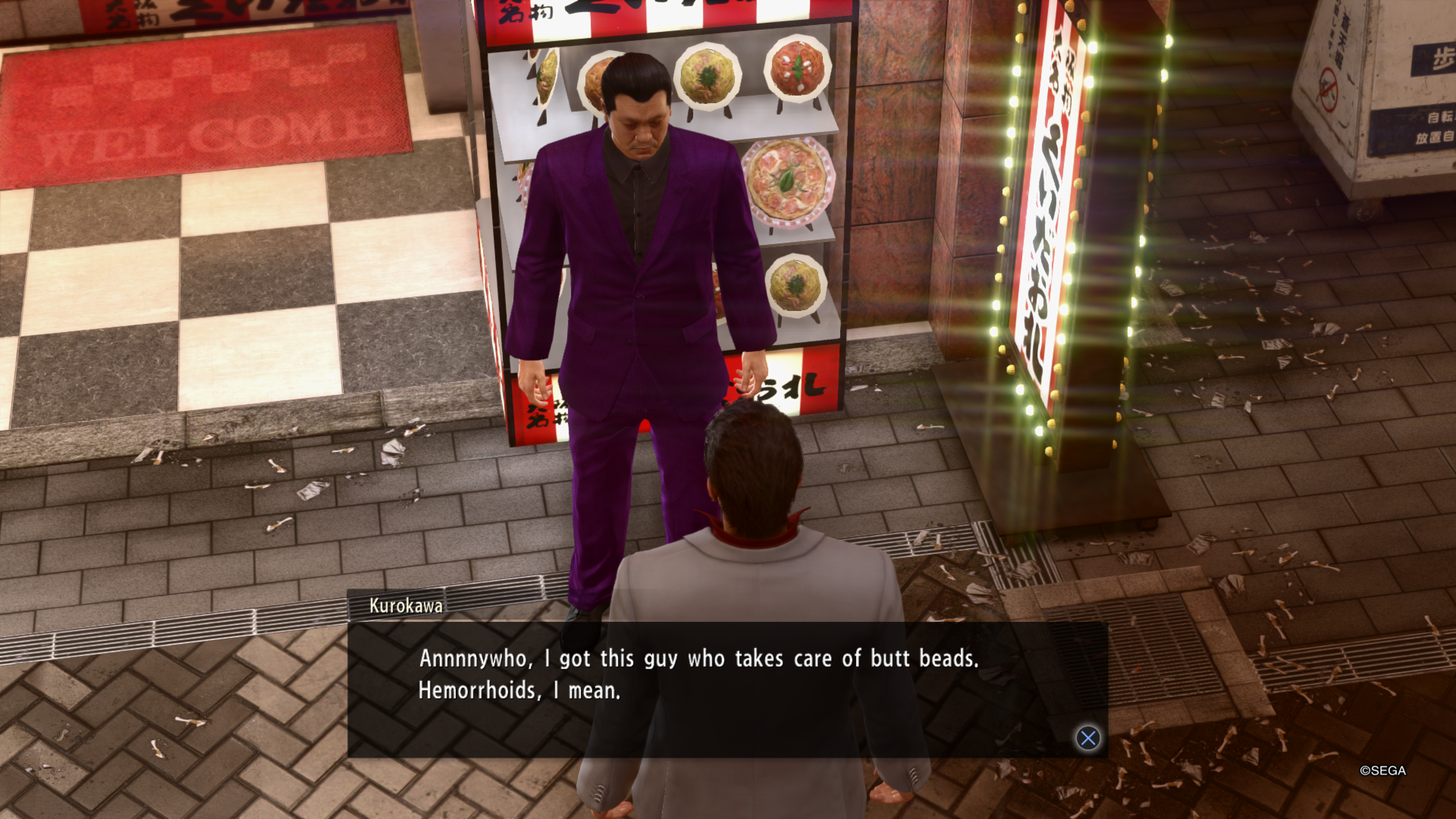
-
Yakuza Kiwami 2 Review #13

-
Yakuza Kiwami 2 Review #14

-
Yakuza Kiwami 2 Review #15
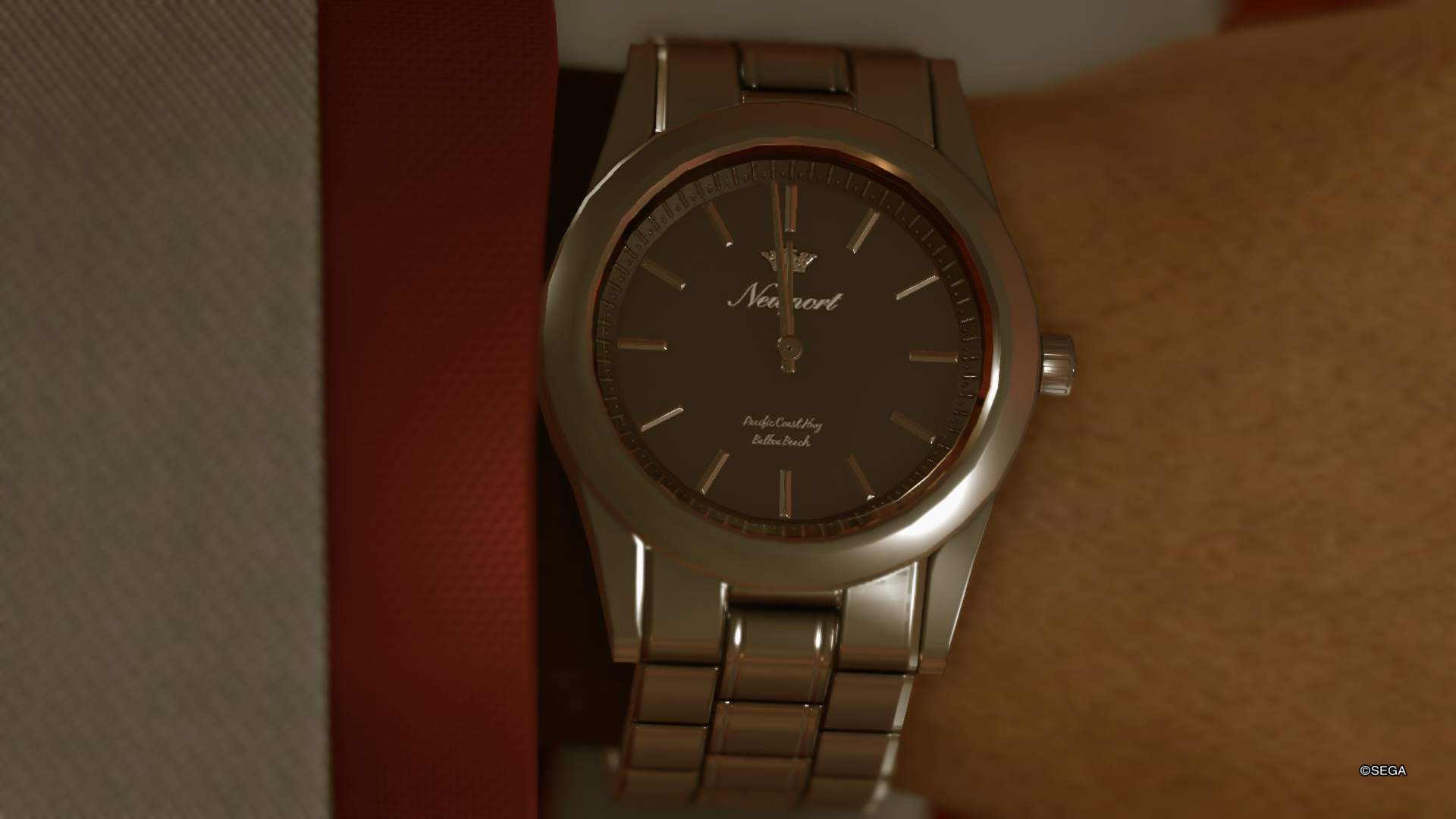
-
Yakuza Kiwami 2 Review #16

-
Yakuza Kiwami 2 Review #17
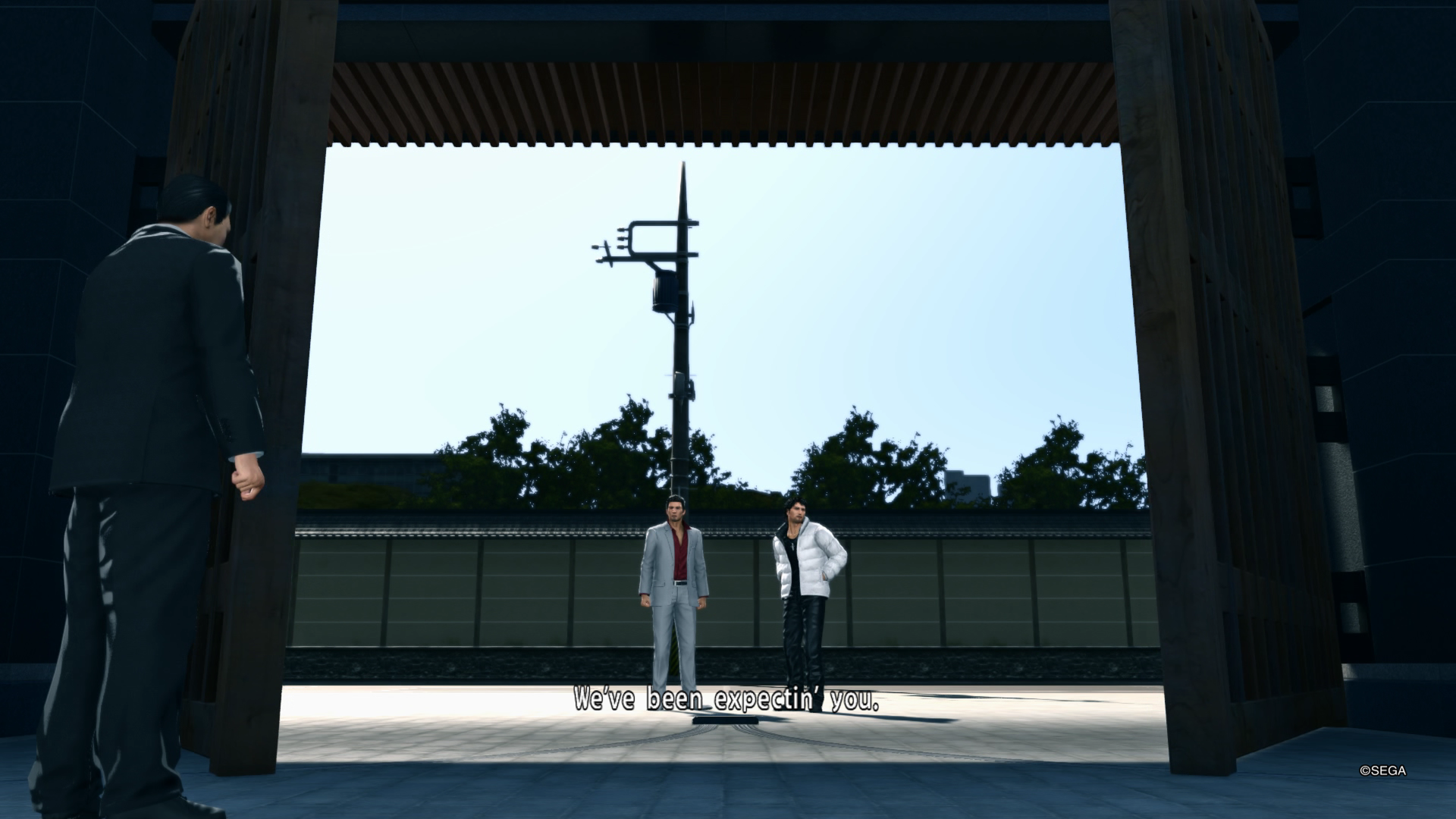
-
Yakuza Kiwami 2 Review #18
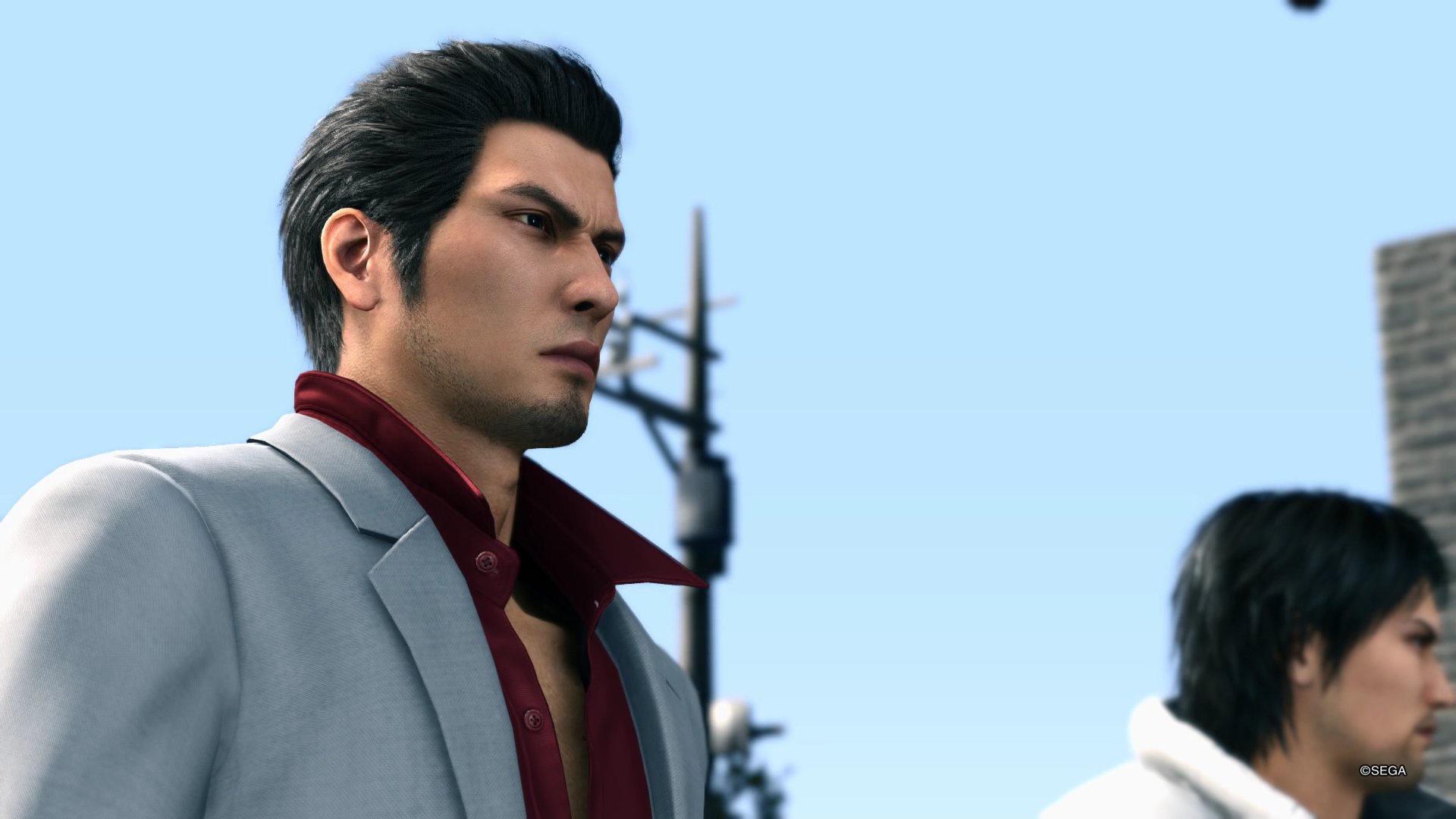
-
Yakuza Kiwami 2 Review #19
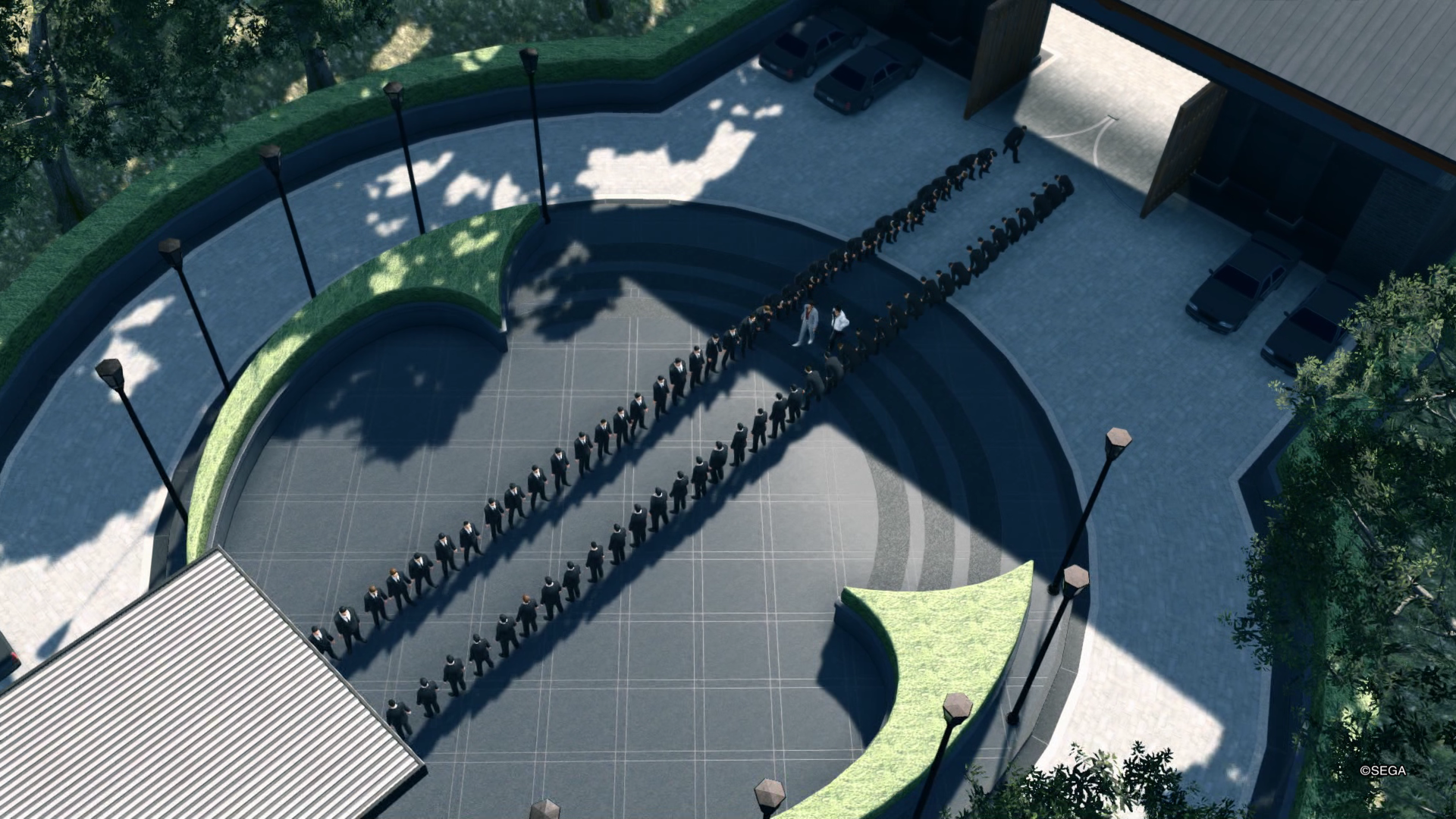
-
Yakuza Kiwami 2 Review #20
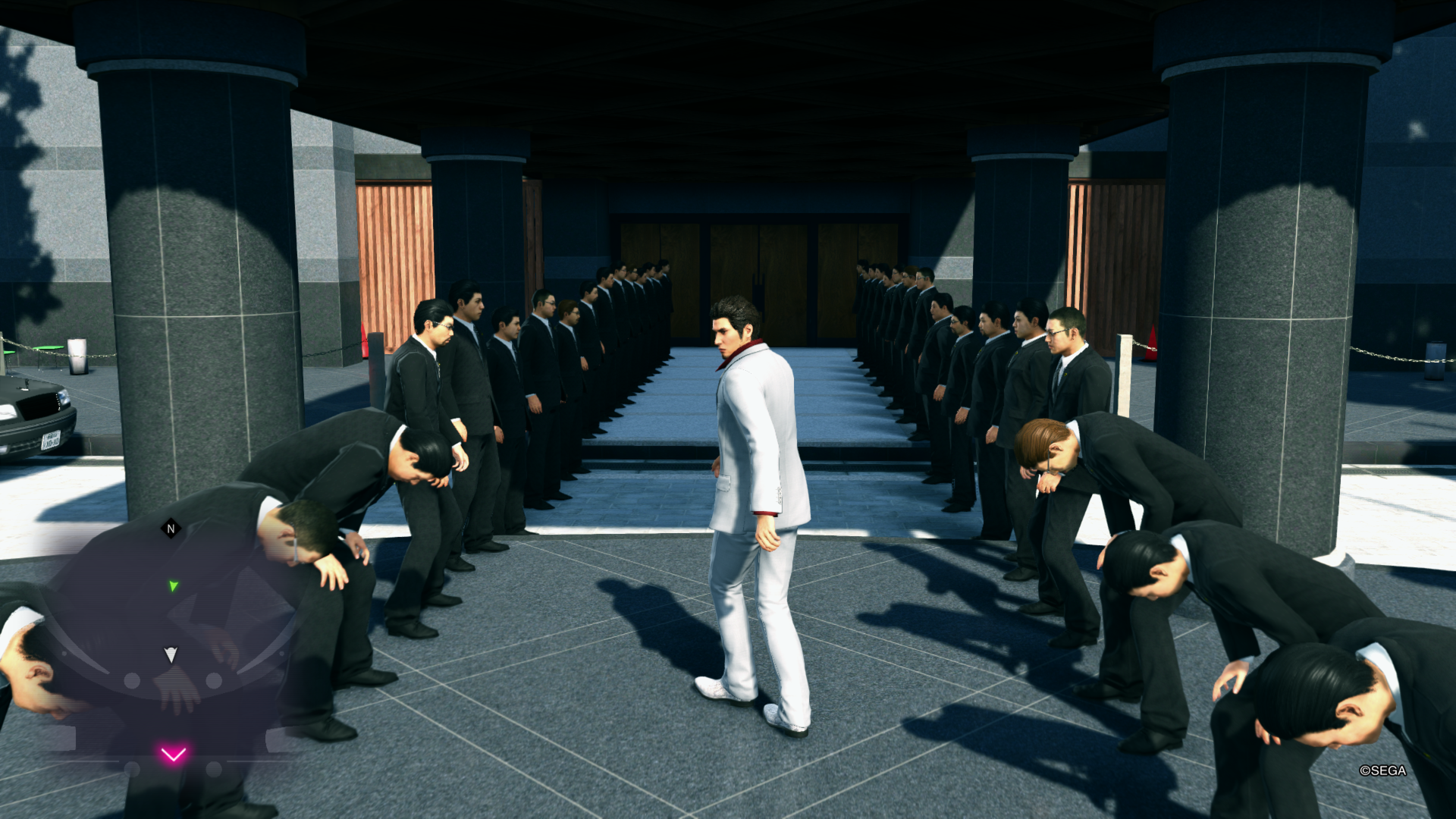
-
Yakuza Kiwami 2 Review #21
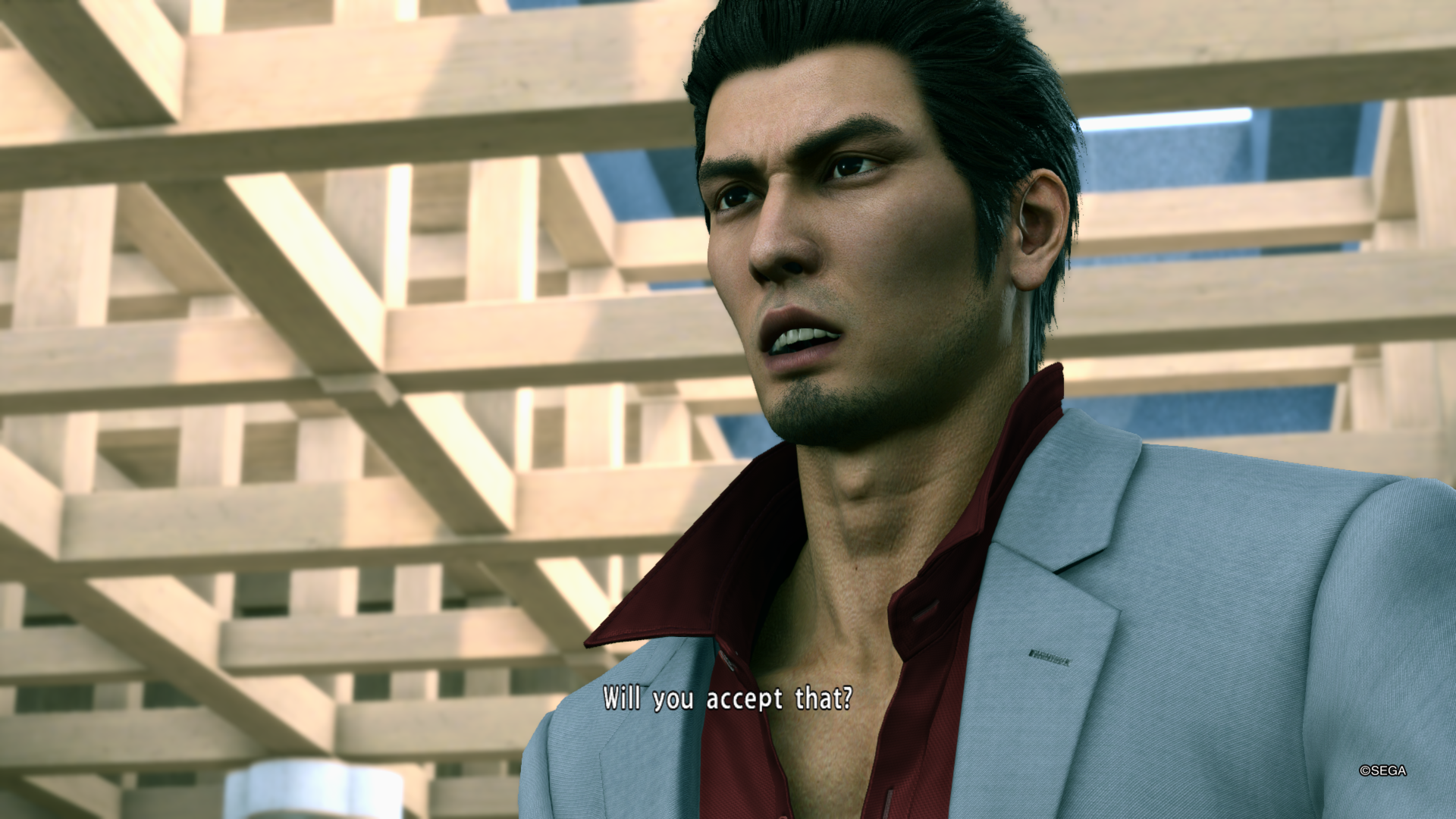
-
Yakuza Kiwami 2 Review #22
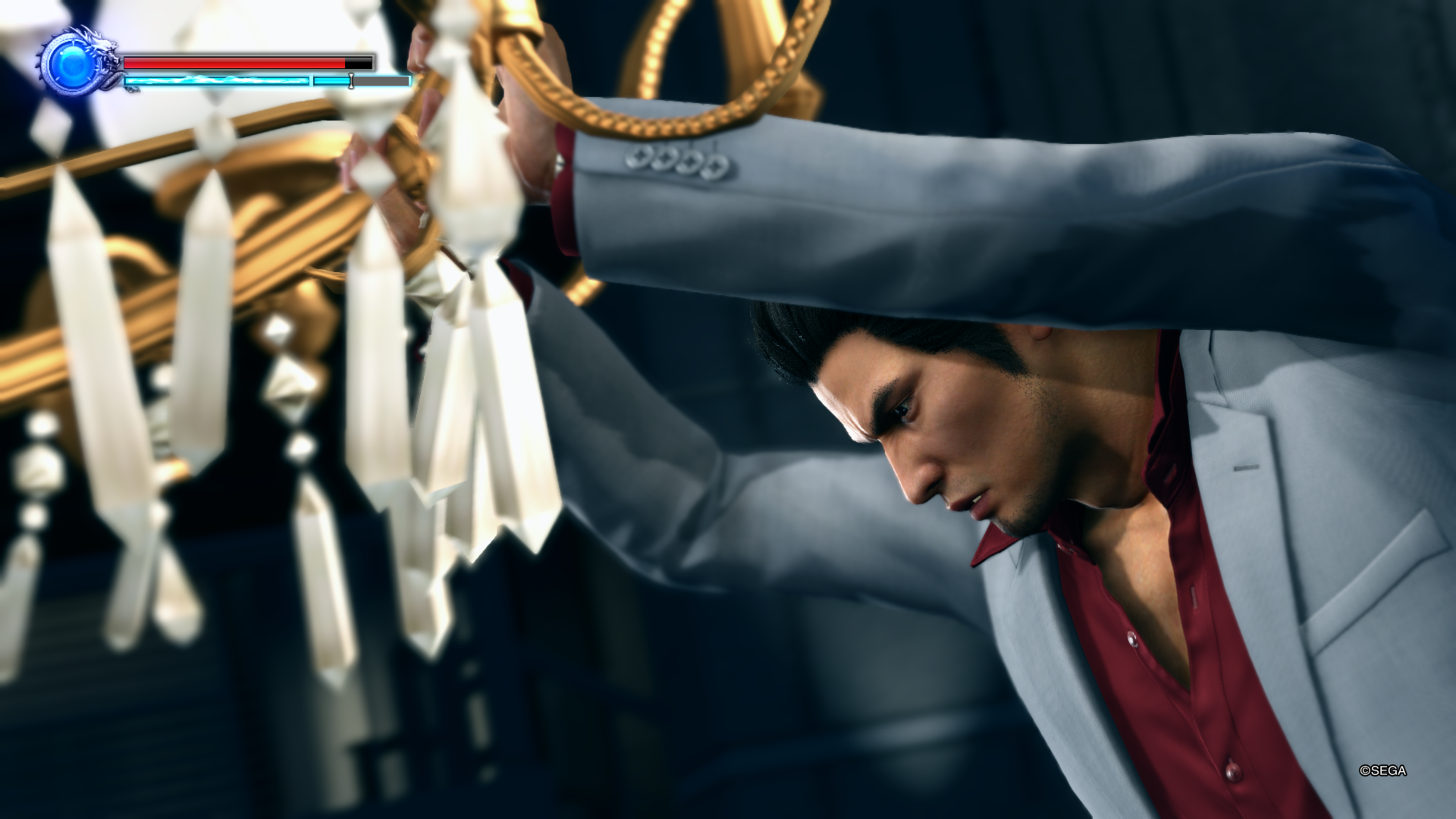
-
Yakuza Kiwami 2 Review #23
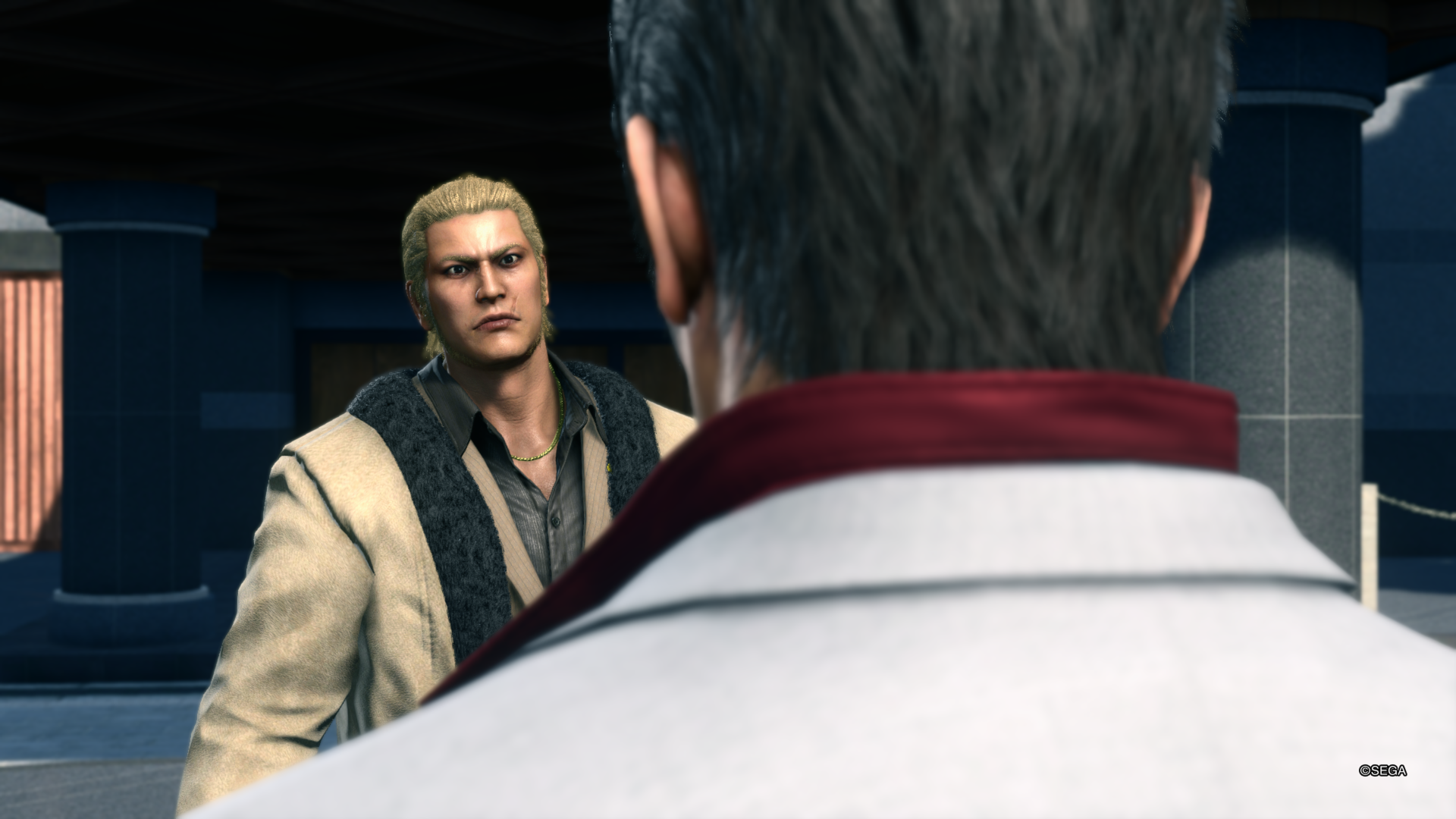
-
Yakuza Kiwami 2 Review #24
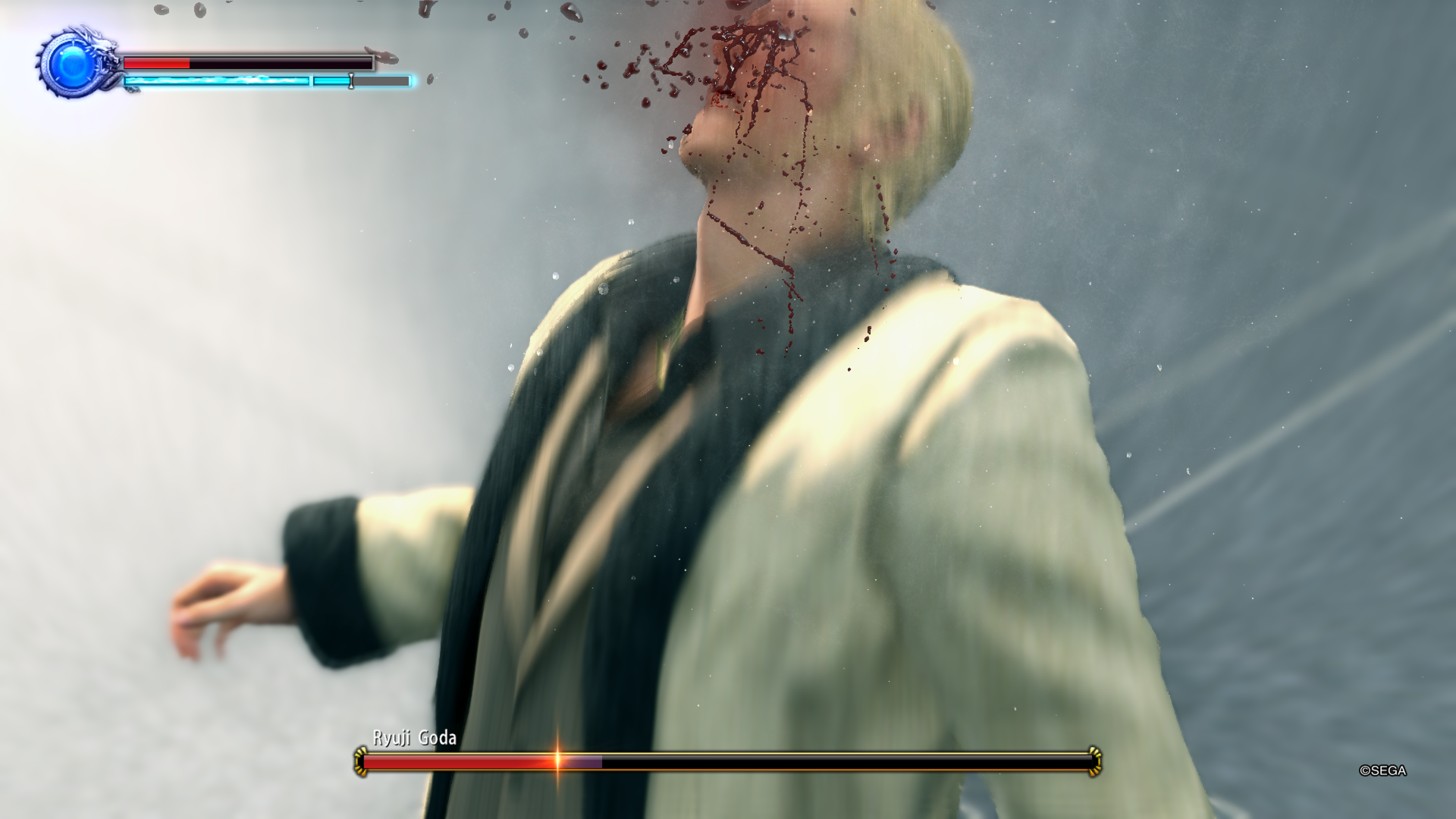
-
Yakuza Kiwami 2 Review #25
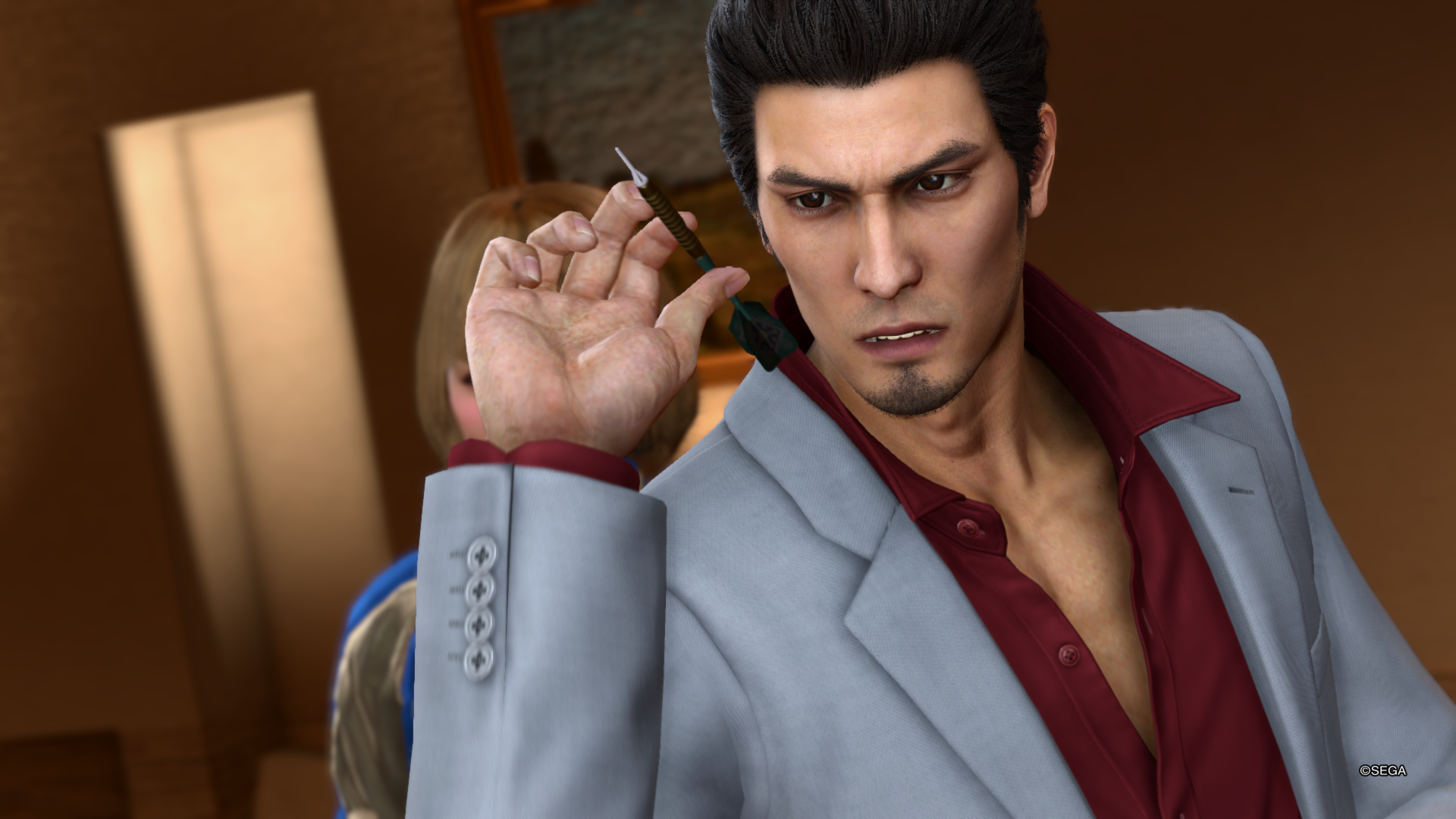
-
Yakuza Kiwami 2 Review #26
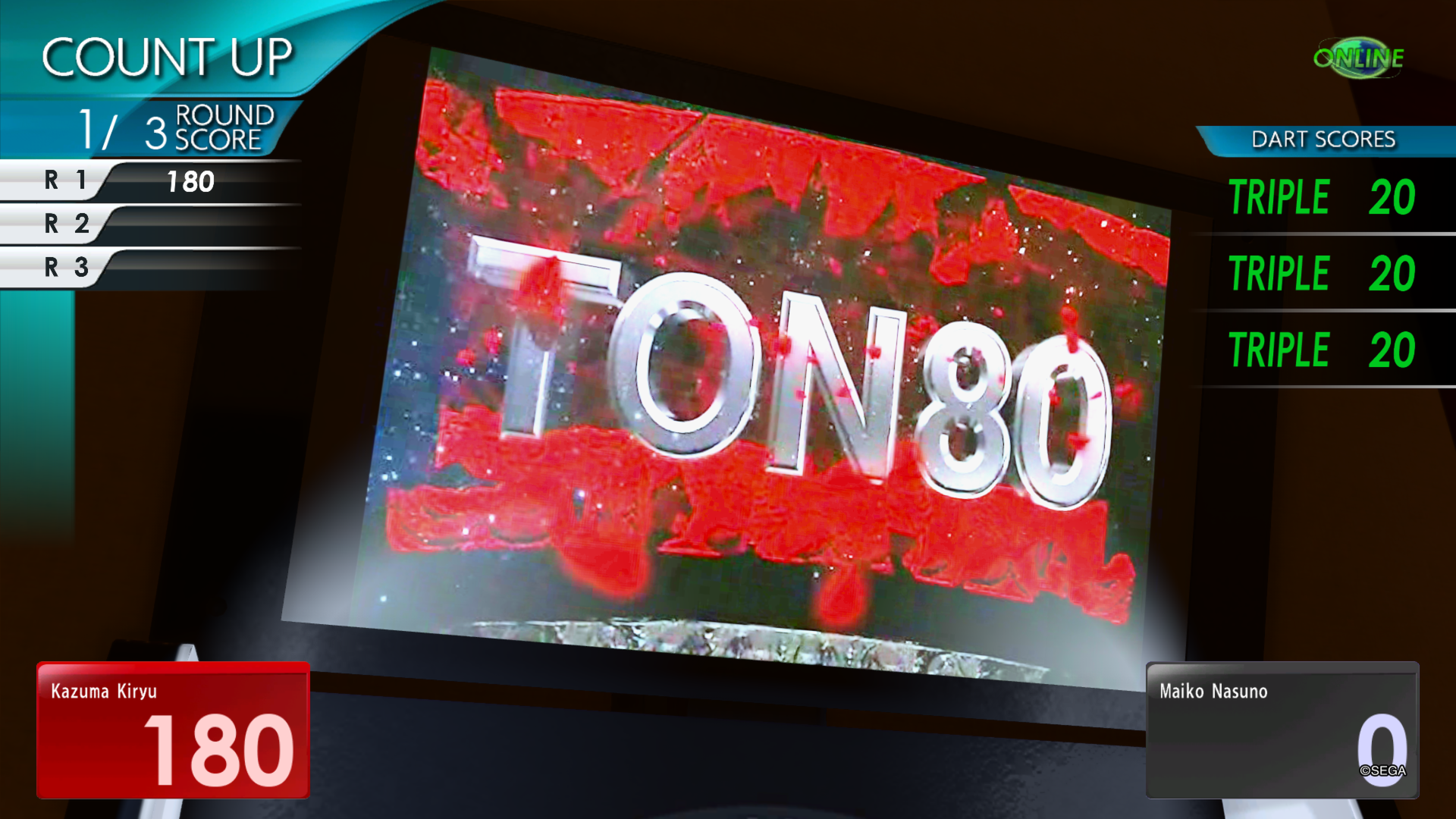
-
Yakuza Kiwami 2 Review #27

-
Yakuza Kiwami 2 Review #28
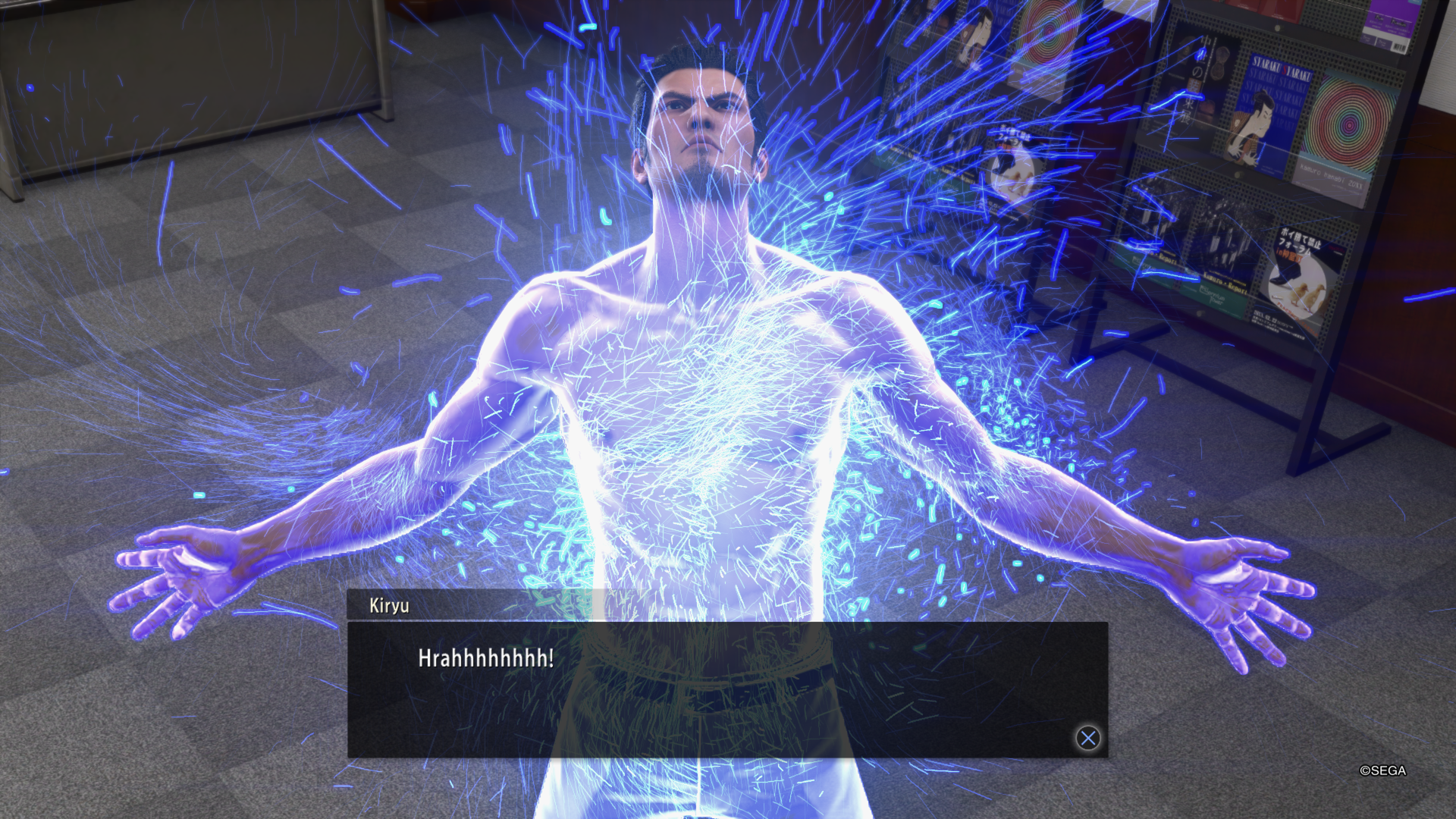
-
Yakuza Kiwami 2 Review #29

-
Yakuza Kiwami 2 Review #30

-
Yakuza Kiwami 2 Review #31
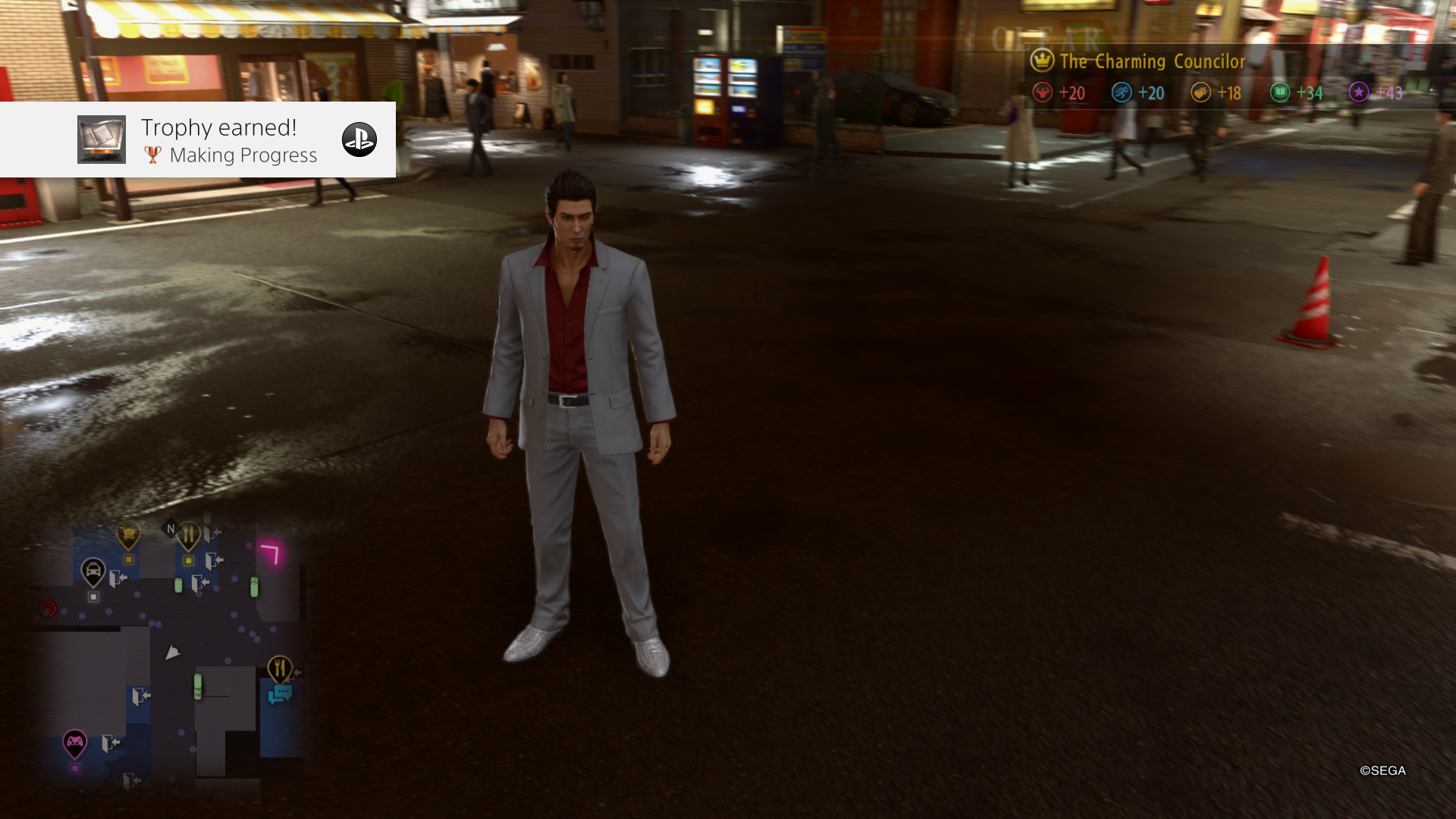
-
Yakuza Kiwami 2 Review #32

-
Yakuza Kiwami 2 Review #33
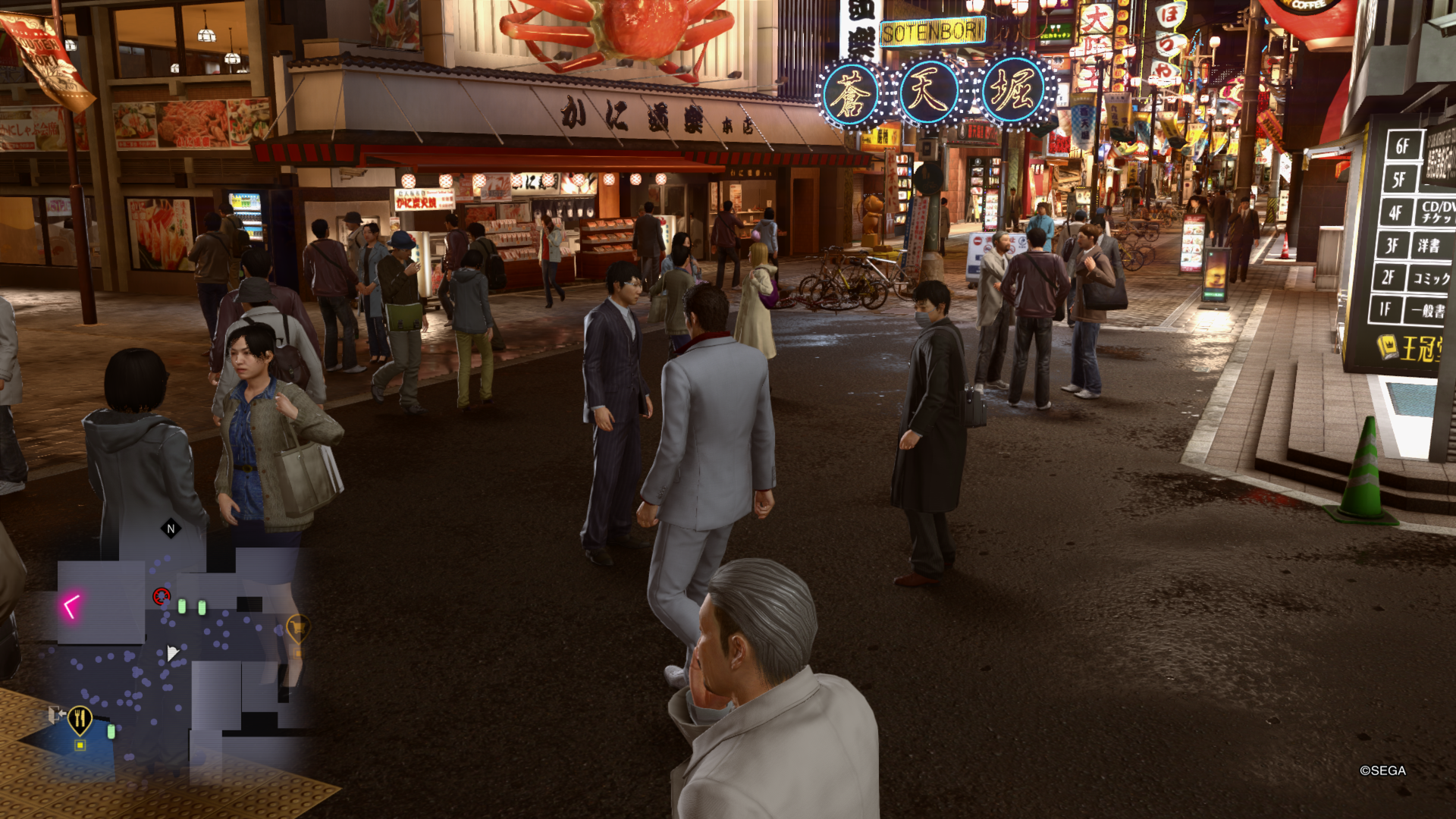
-
Yakuza Kiwami 2 Review #34
